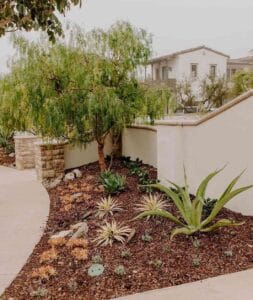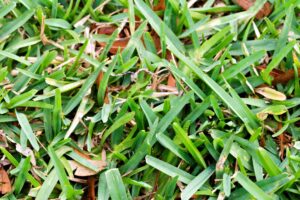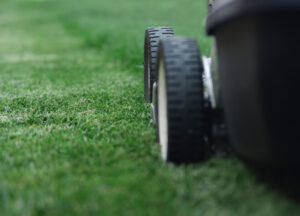BY DANIELA GIRALDO – APRIL 20, 2024
In the realm of landscaping, efficient water management is paramount, especially in backyard design. Whether you’re facing heavy rainfall or dealing with irrigation runoff, implementing effective water draining systems is essential for preserving the integrity of your outdoor space. In this comprehensive guide, we delve into the world of water drainage solutions, exploring the most efficient systems tailored to transform your backyard into a haven of functionality and aesthetics.
Before delving into specific drainage systems, it’s crucial to grasp why water management is critical for your backyard. Poor drainage not only leads to waterlogged soil and potential flooding but also paves the way for erosion, soil compaction, and even structural damage to your property. By investing in proper drainage, you not only safeguard your landscape but also enhance its longevity and appeal.
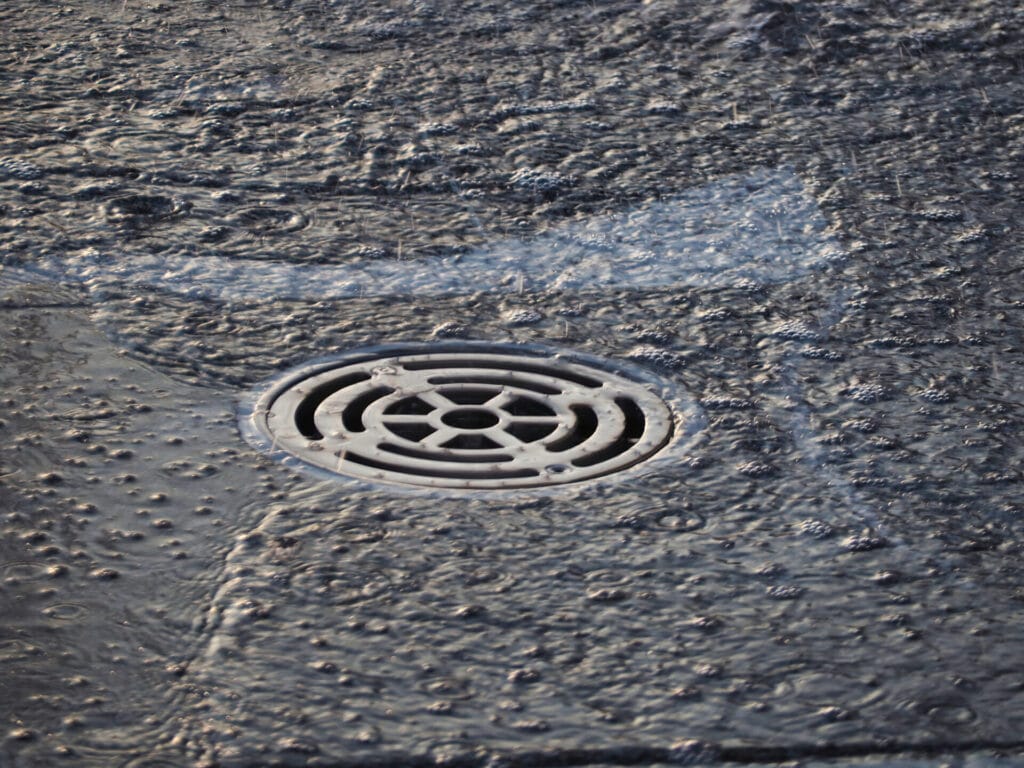
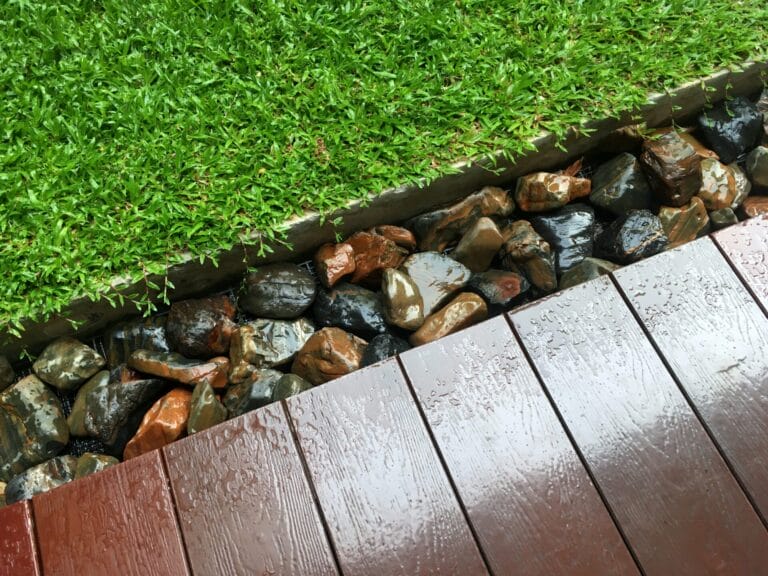
French drains have stood the test of time as one of the most effective methods for backyard water drainage. Consisting of a perforated pipe surrounded by gravel, these drains efficiently collect and redirect excess water away from your property. They are particularly useful for addressing soggy spots in your lawn or managing surface runoff from heavy rainfall.
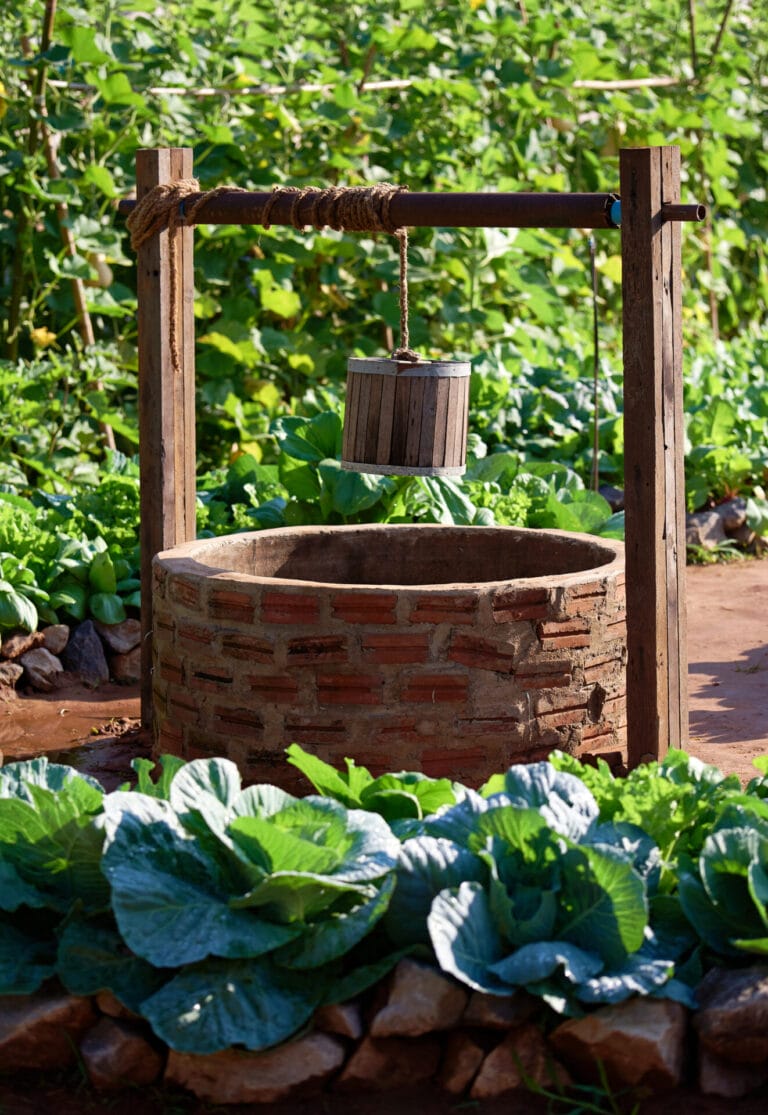
Dry wells are underground reservoirs designed to collect and slowly release excess water into the soil. These systems are ideal for managing large volumes of water, making them a perfect solution for areas prone to flooding or excessive runoff.
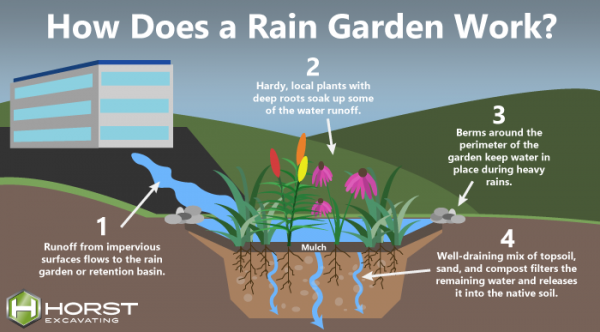
Rain gardens offer a harmonious marriage of aesthetics and functionality, serving as both a landscaping feature and a water management solution. By strategically planting native vegetation in depressions or swales, rain gardens effectively absorb and filter rainwater, preventing runoff and supporting biodiversity.
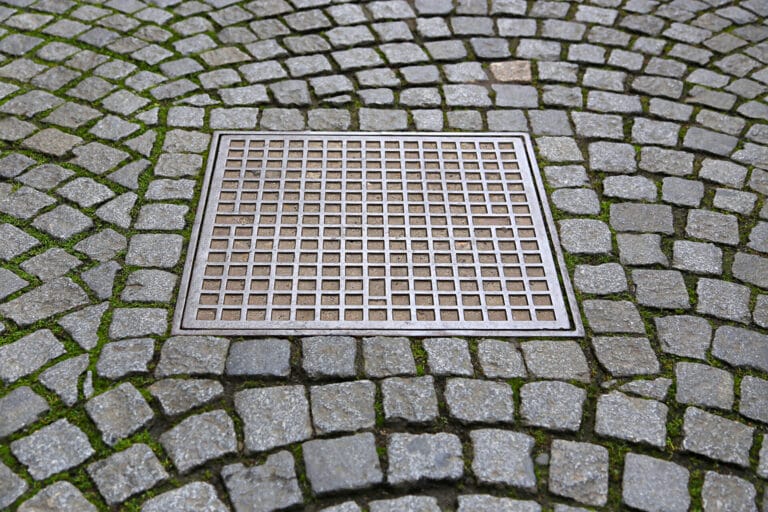
Traditional hardscape surfaces like concrete and asphalt contribute to runoff by impeding water infiltration into the soil. Permeable pavers offer a sustainable alternative, allowing rainwater to seep through the surface and recharge the groundwater table.
Efficient water drainage is the cornerstone of a resilient and sustainable backyard landscape. By integrating the right drainage systems, such as French drains, dry wells, rain gardens, and permeable pavers, you can mitigate the risks of flooding, erosion, and soil compaction while enhancing the beauty and functionality of your outdoor space. Invest in proper drainage today to safeguard your backyard for years to come.
Share this post:
Check other topics that may help you get more insights for your project:
